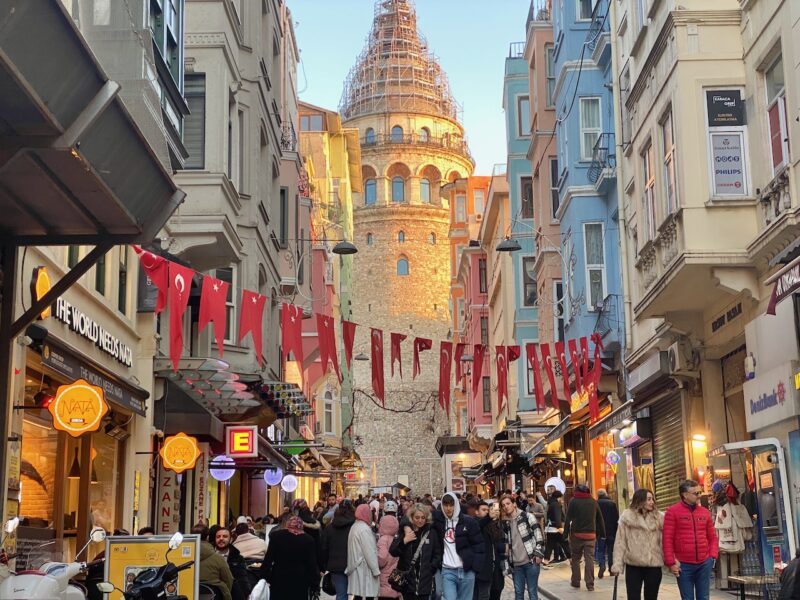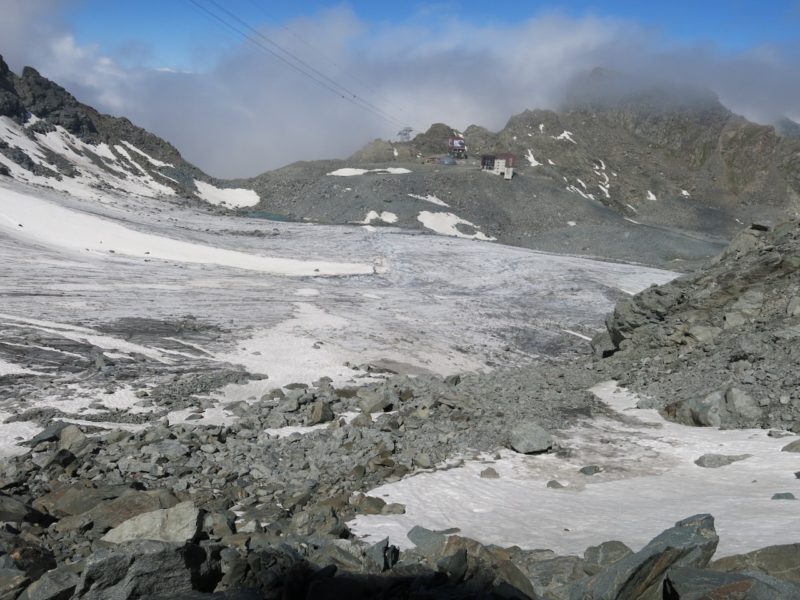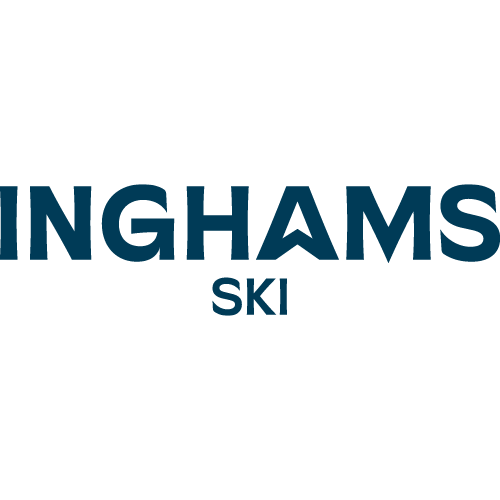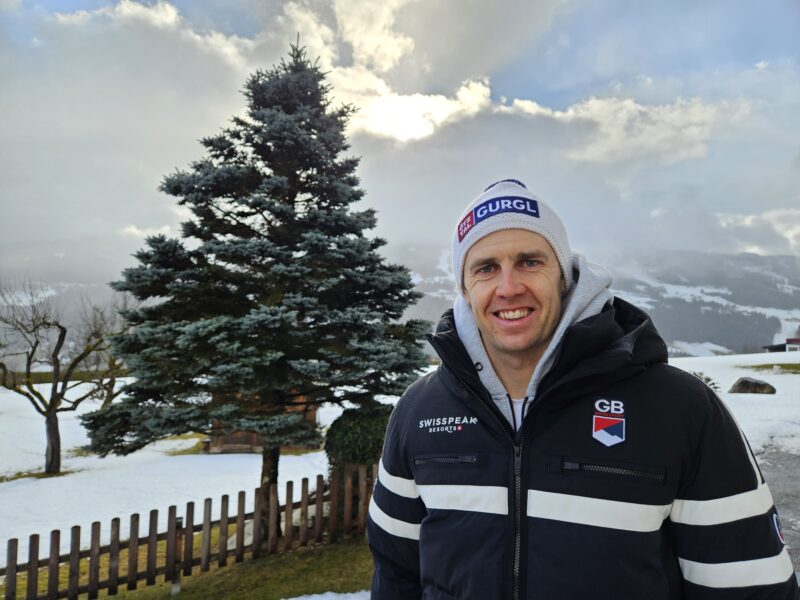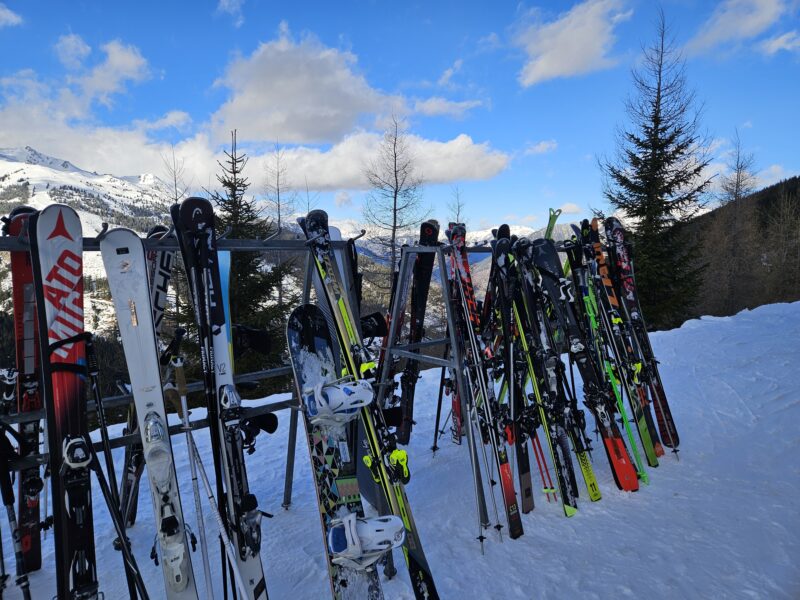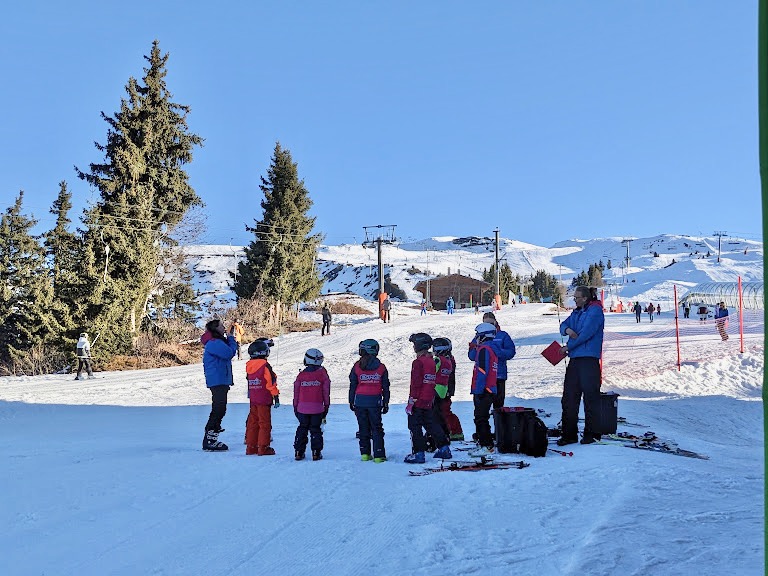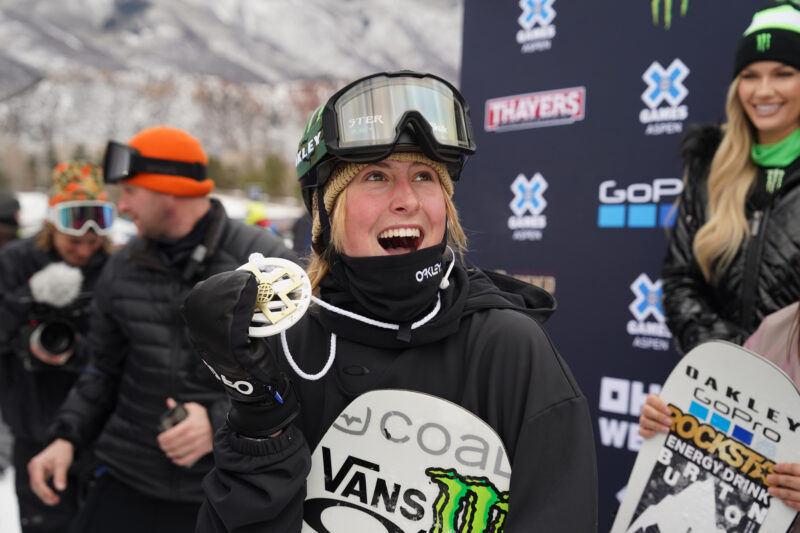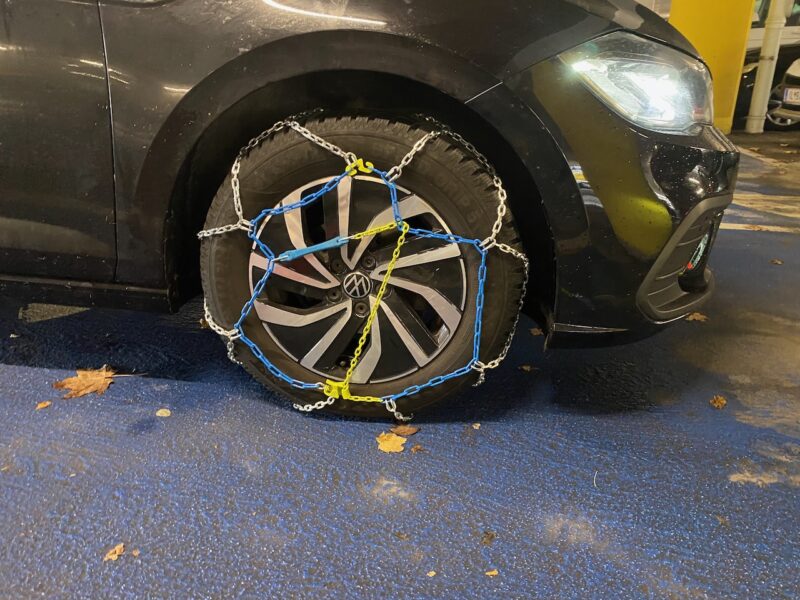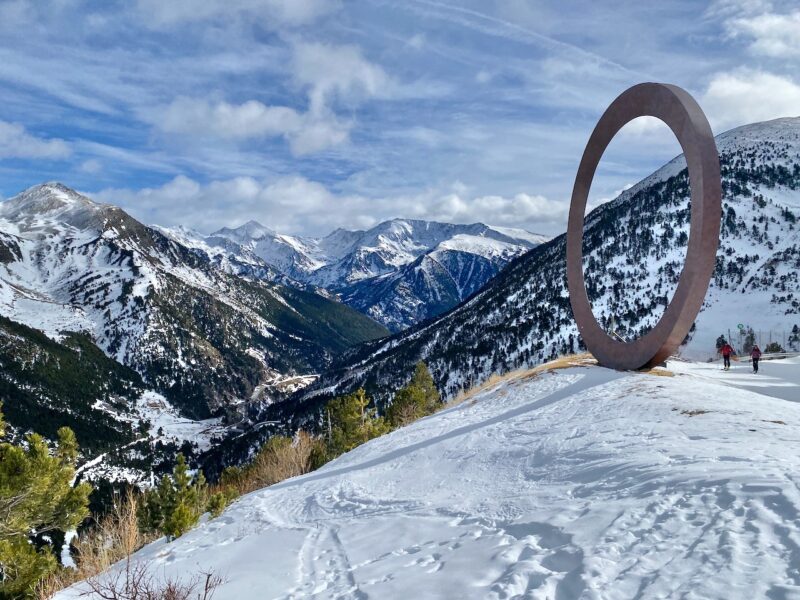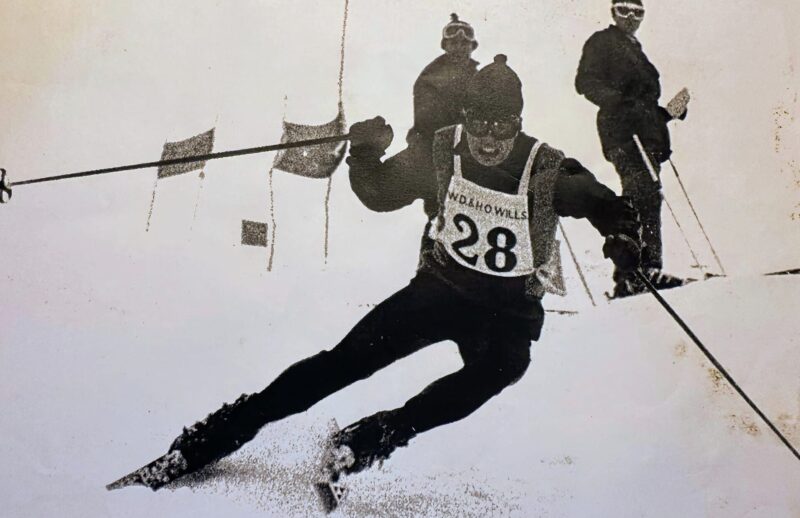Freeriders Urged to Stick to Secured Zones
7th December 2022
Last modified on December 9th, 2022
The Swiss Centre for Accident Prevention is calling on skiers and snowboarders to use marked freeride zones this winter. It follows a rise in the number of deaths off-piste.
In an article on the centre’s website, it says that while the number of fatal accidents on the piste has decreased slightly in recent years, deaths off-piste are on the increase.
“Last year, 20 freeriders were killed, twice the five-year average,” it says.
“More and more skiers are skiing off-piste in deep snow. It is a special sporting challenge for them. Compared to skiing on the ski slope, however, there are additional risks involved.
“The accident statistics show it clearly: the number of fatal accidents on the slopes has fallen slightly in recent years. The five-year average is four fatal accidents per year.
“In freeriding, the trend is going in the opposite direction. On average, ten people die freeriding every year (2017-2021).
“In 2021, the number of fatalities has doubled to 20 compared to the average. The reasons for this are the growing number of freeriders and an unfavorable snowpack structure and the associated risk of avalanches.”
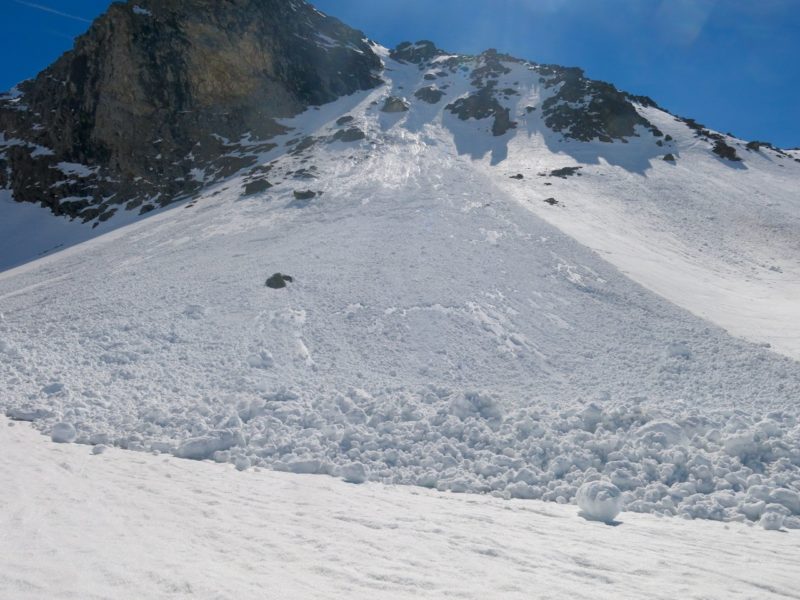
Avalanche in the Alps. Image © PlanetSKI
The centre (BFU) is recommending that skiers and snowboarders stick to the yellow marked descents, sometimes called nature rides.
These are areas within a resort’s boundaries that are secured from avalanches but left ungroomed. They are not patrolled and are intended for experienced skiers and snowboarders.
Many ski areas now have freeride zones but there is little chance of the hardcore off-piste or backcountry enthusiast giving up their passion.
Recognising this, the BFU offers its advice for those heading out to the “open terrain” to assess the risk of falling and avalanches.
- Attend an avalanche course
- Go with a guide familiar with avalanches
- Find out about the current conditions
- Take a mobile phone and emergency equipment as well as your transceiver, shovel & probe
Alteration to Avalanche Warnings in Switzerland
There’s also some general guidance offered for wherever you are on the mountain.
“Rules must also be observed on the slopes so that a beautiful day of skiing does not end in the hospital bed,” the article says.
“Over 90% of accidents are self-inflicted, which is why winter sports enthusiasts can do a lot to ensure their own safety – for example, by adapting their speed to their ability and not overestimating themselves.”

Injury on the slopes. Image © PlanetSKI
The BFU recommends the wearing of helmets, ensuring your bindings are properly adjusted and getting them checked each year by a specialist retailer.
It also advises snowboarders to wear wrist protection.

